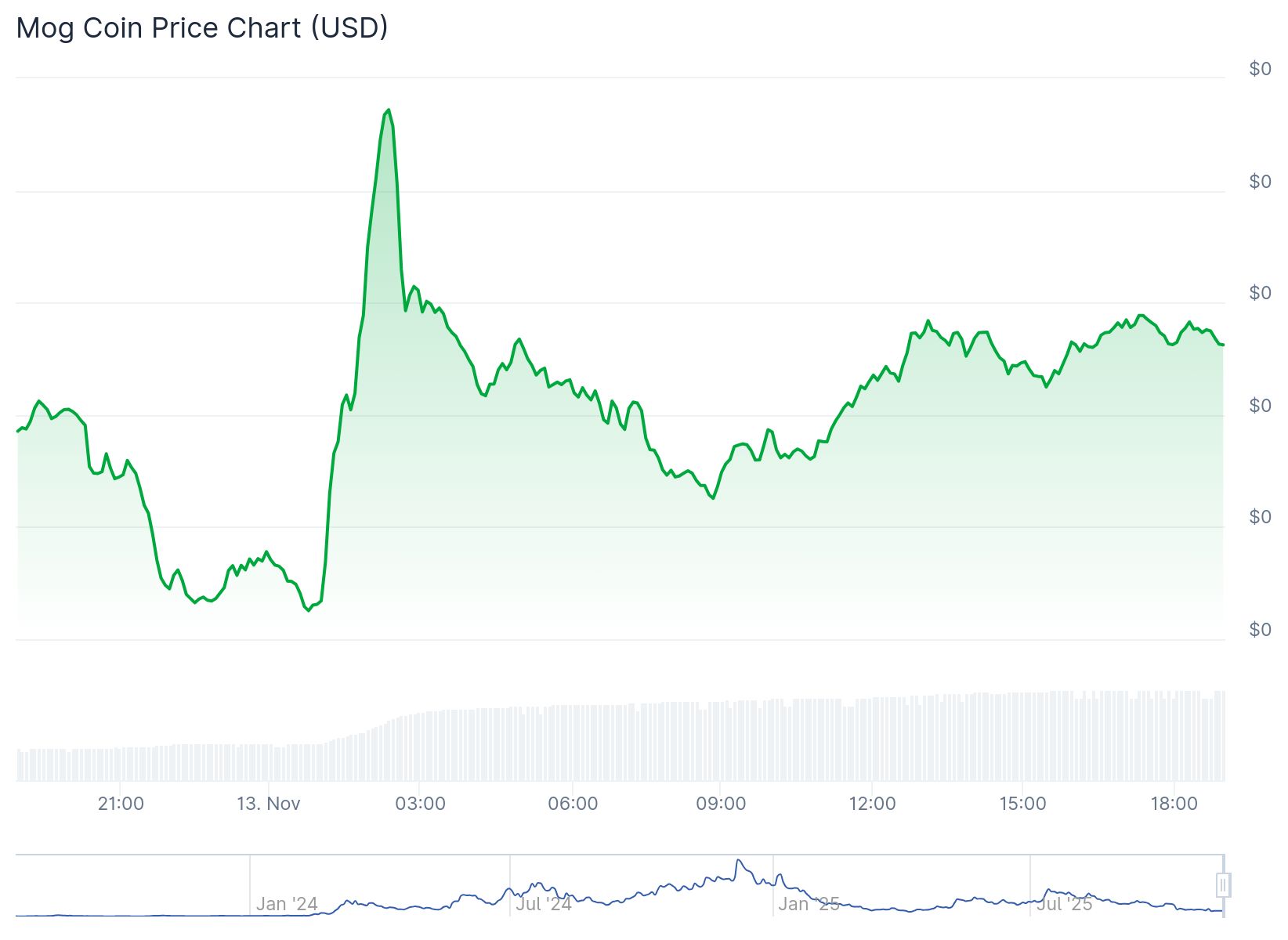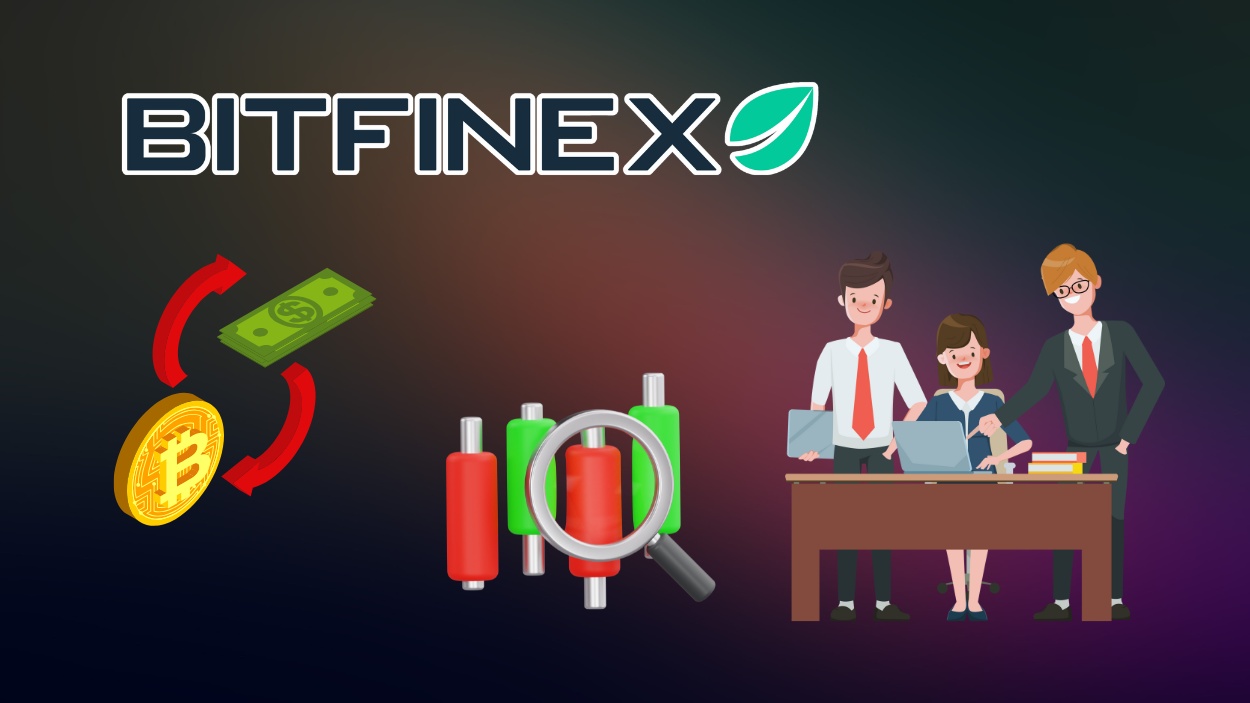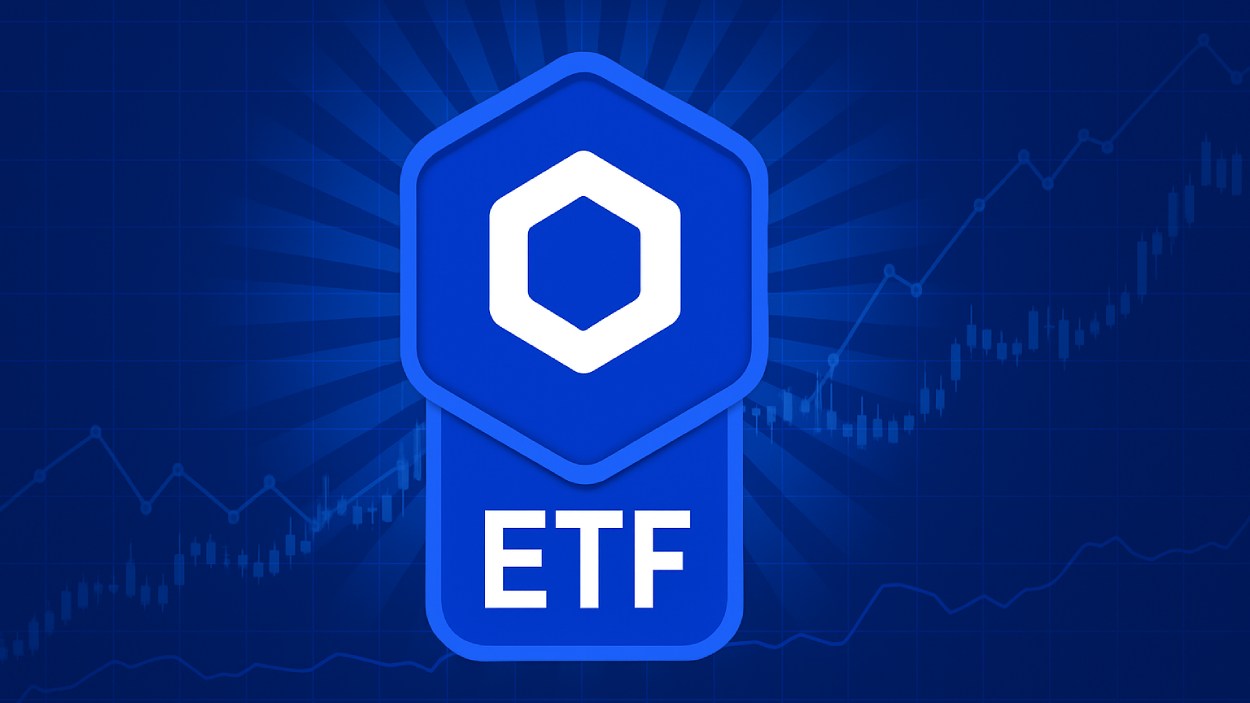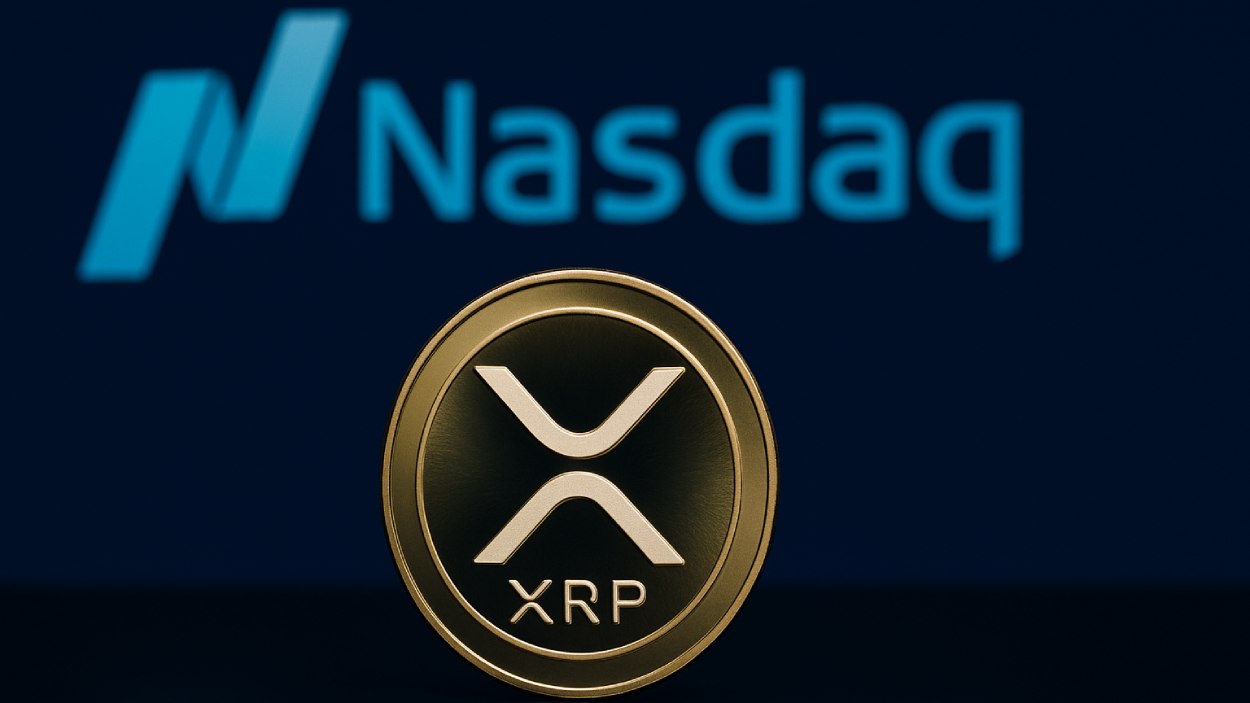Canary Capital has filed to launch the first-ever U.S. exchange-traded fund (ETF) directly tied to MOG Coin, marking a major milestone for memecoins entering the regulated financial market.
Key Takeaways
- Canary Capital filed with the U.S. SEC to launch a spot ETF tracking MOG Coin, an Ethereum-based memecoin.
- The ETF would hold actual MOG tokens, making it the first U.S. ETF to do so for a meme-driven asset.
- The fund structure mimics that of existing spot Bitcoin and Ethereum ETFs, using a regulated trust format.
- The move coincides with Canary’s growing crypto ETF presence, including recent XRP, Litecoin, and HBAR fund launches.
What Happened?
On November 12, Canary Capital Group LLC filed with the U.S. Securities and Exchange Commission (SEC) to introduce the Canary MOG ETF, a product designed to track the spot price of MOG Coin. This filing is the first of its kind in the U.S. for a memecoin and comes as Canary expands its digital asset ETF offerings with multiple new products across the crypto space.
LATEST: 📈 Canary Capital has filed for an ETF tracking the price of MOG Coin, an Ethereum-based memecoin that the firm describes as both a cultural statement and a digital collector’s item. pic.twitter.com/9IBlgBxOE2
— CoinMarketCap (@CoinMarketCap) November 13, 2025
A Closer Look at the MOG ETF Structure
Canary’s proposed MOG ETF would operate under a regulated trust structure, mirroring the models already used for spot Bitcoin and Ethereum ETFs. Instead of relying on futures or synthetic exposure, the fund will hold MOG tokens directly, allowing for real-time price tracking. The ETF would be accessible via traditional brokerage accounts, offering investors exposure to MOG without needing to directly purchase or store the token.
Key operational details include:
- CSC Delaware Trust Company will act as the trustee.
- U.S. Bancorp Fund Services will manage the fund’s transfer operations.
- A custodian, yet to be named, will be responsible for storing the actual MOG holdings.
- Up to 5% of the fund’s assets may be held in Ether to cover transaction costs, given MOG’s reliance on the Ethereum blockchain.
- The ETF will issue and redeem shares in large blocks, backed by MOG or equivalent cash.
Canary confirmed that the fund is exempt from the 1940 Investment Company Act, positioning it in line with other spot crypto ETFs.
Market Timing and Regulatory Backdrop
This filing lands at a time of increased momentum for crypto ETFs in the U.S. Canary is also preparing to launch its spot XRP ETF on Nasdaq on November 13, marking another first in the crypto ETF space. ETF analyst Nate Geraci noted that the SEC’s renewed activity in approving digital asset ETFs follows progress in resolving the recent U.S. government funding standoff.
In September, regulators greenlit dozens of new crypto ETFs tied to assets like Solana and Dogecoin. Canary has already launched ETFs for Litecoin and HBAR, signaling its aggressive push into the sector. The company’s move toward memecoins with MOG underscores a growing investor appetite for non-traditional crypto assets.
MOG Coin’s Rise in Visibility
MOG Coin, currently ranked 339th by market cap, is a meme-inspired token driven by social sentiment and internet culture. Despite lacking core utility, it has gained traction through community engagement and cultural relevance. It is not listed on Binance but is available for spot trading on Coinbase. The filing acknowledges MOG’s value is “driven primarily by online popularity” rather than technology.
The coin has surged recently, with an 8.44% price increase in the past 24 hours, reaching a market cap of approximately $170 million.

Traditional Finance Meets Meme Culture
By pushing for a memecoin ETF, Canary Capital is blending traditional finance with the viral nature of internet assets. Institutional-grade infrastructure is being applied to a token that, until recently, was considered a novelty. The ETF’s valuation method will draw from major global trading platforms, ensuring accurate price tracking and liquidity.
James Seyffart, a Bloomberg ETF analyst, noted that the MOG ETF filing uses a tried-and-true model already accepted for Bitcoin and Ethereum, signaling a higher chance of regulatory acceptance.
CoinLaw’s Takeaway
I find this move fascinating. It’s not just another ETF filing. It’s a statement that meme coins, once brushed off as internet jokes, are becoming financial instruments. In my experience covering crypto ETF developments, this marks a cultural and regulatory shift. Canary is clearly betting that investors are ready to treat MOG like any other asset class. That tells me we’re not just watching the evolution of crypto, we’re watching it collide head-on with Wall Street’s machinery. Whether or not the SEC approves it, this filing alone will push more meme coins toward legitimacy.























































